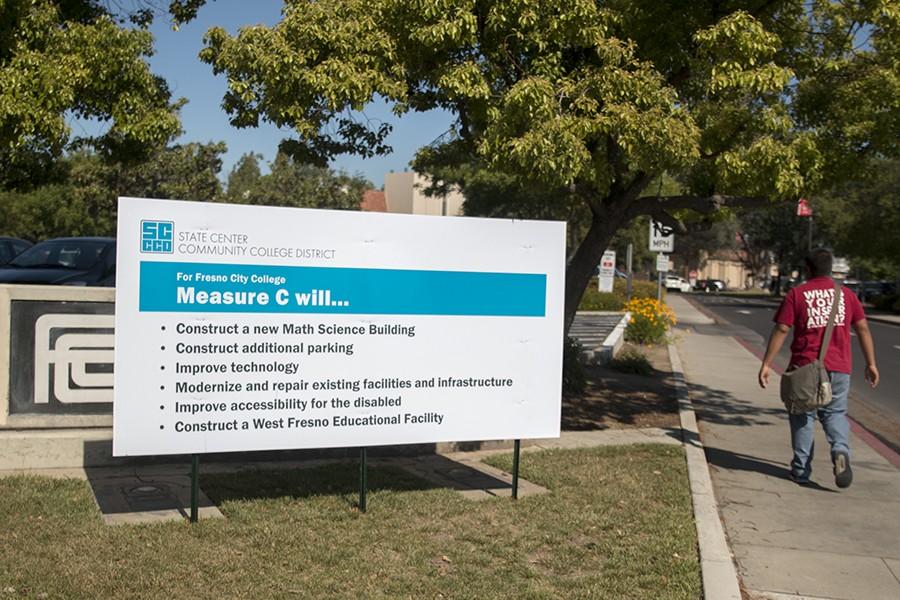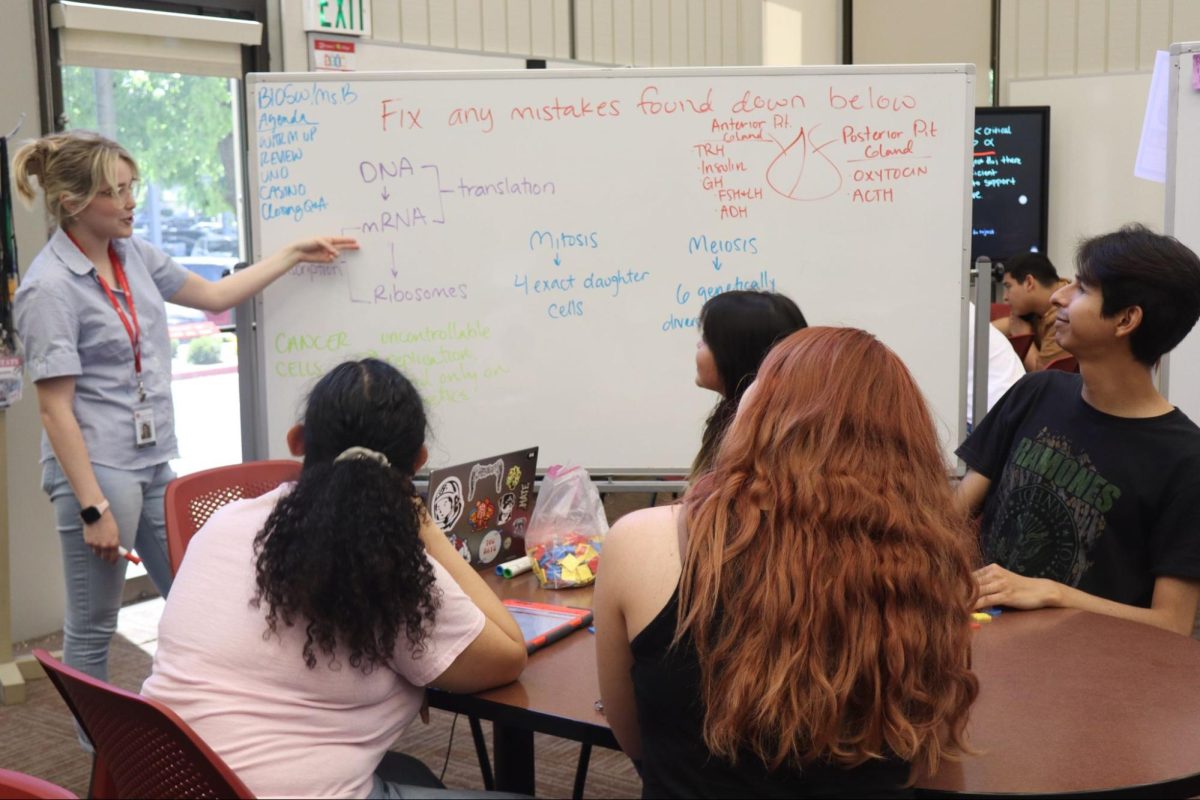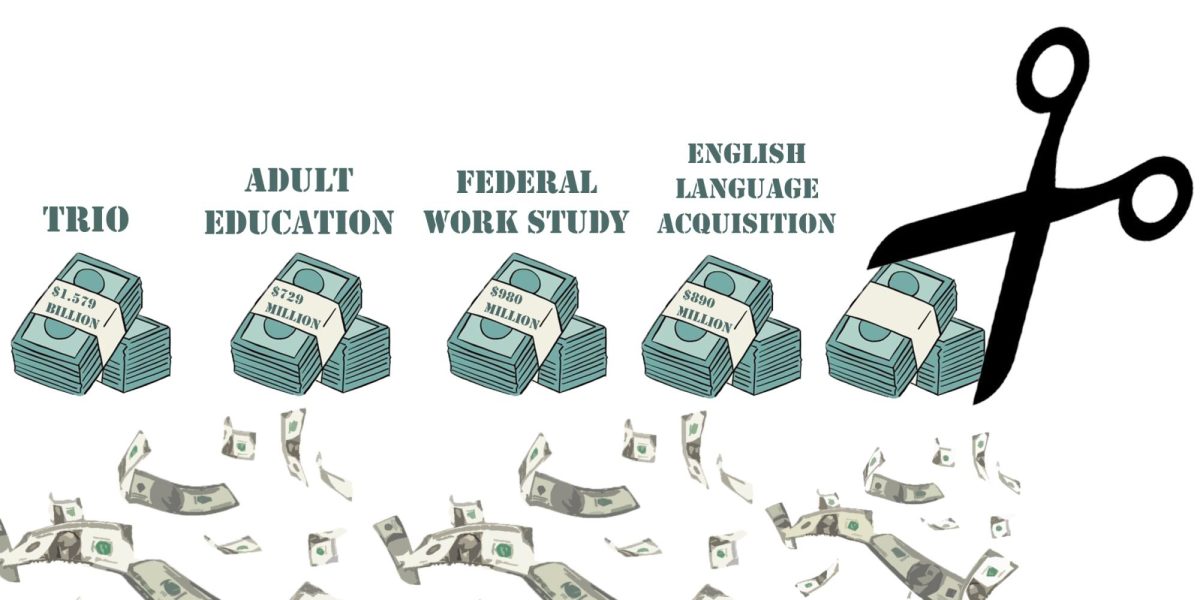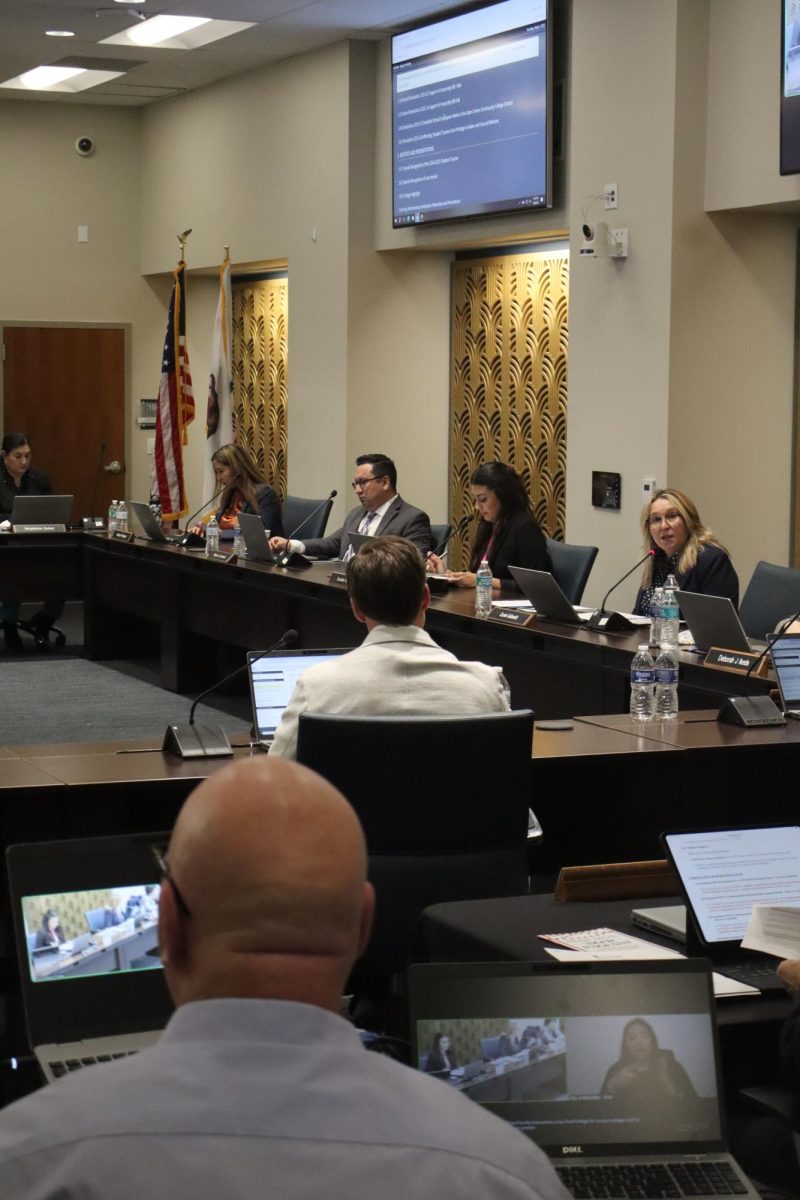Fresno City College is anticipating a 5 percent reduction in federal funds as a result of the mandatory budget cuts resulting from the sequestration, said Tony Cantu, president of the college.
Sequestration, the federal government’s effort to reduce the national debt, has caused a cut back on programs, and educational institutions are bracing themselves for the potential changes that could follow in the coming months as they anticipate a reduction in federally funded programs.
Cantu said that the college will review the affected programs and shift resources. The mandatory budget cut took effect on March 1.
”Like we do every year, it’s a matter of budget management and making sure you leverage your resources,” said Cantu. “It’s a matter of looking at what we have.”
In addition, FCC leaders will create priorities in dealing with the sequestration challenge.
“What are the basic requirements? What do we absolutely have to do?” Cantu said. “And then, what are some of the things we would like to have but will not be able to do next year?”
Cantu explained that most programs at FCC, including federal financial aid, will not be affected by sequestration.
However, funds for federally funded student service programs and the Title V program, which is designed to assist minority students in particular, is expected to be reduced.
“Title V is a major grant for us. We’re looking at infrastructure to do some other things with our Title V money,” said Cheryl Sullivan, vice president of Administrative Services.
FCC History Instructor Paul Gilmore said that reduced support for the Title V program will impact the beneficiaries significantly
“You want to help those folks pass the hurdle and get into the stream of college. A lot of students have basic skills needs,” Gilmore said. “If they don’t get the courses they need right away, it gets more and more difficult. They might drop out at a higher rate than other folks.”
In addition to the cuts, Gilmore is concerned about the mood of austerity that comes along with sequestration. He fears that as long as there is a mood of austerity, people will be less willing to support public education.
“Both democrats and republicans seem to believe austerity is the cure to what ails us, austerity meaning cut backs of some kind. That can be very dangerous for public education,” said Gilmore. “The state produces more wealth than it ever has. The question is, are we willing to support an institution like public education?”
Gilmore adds that the mood of austerity also feeds into the idea that the public sector can do no good. “There’s this assumption that the private sector will do it better and cheaper. If austerity continues even more, the services will get poor,” said Gilmore.
According to the White House report released on March 1, the sequestration cuts will result in an 8.2 percent across-the-board program cut for many college funding programs such as federal work-study and the supplemental Education Opportunity Grant, which provides need-based aid to lower-income students pursuing postsecondary degrees. Experts estimate that as many as 70,000 students could lose access to work study opportunities.
Gilmore said he is concerned that less funding for students could lead to more student debt – “another generation with massive student loans” with interest rates that are higher than credit card debt.
He also said that the lack of resources at the community colleges may drive students to expensive, for-profit institutions.
People say we compete with Phoenix University or National University, not really,” said Gilmore. “We provide much better stuff than they do, at a tiny fraction of the price. The reason they go to National or Phoenix is because they offer them courses which we can’t offer them because we have been cut.”
He added, “If we had more resources, we could take more students. It’s not like there aren’t any students out there.”











